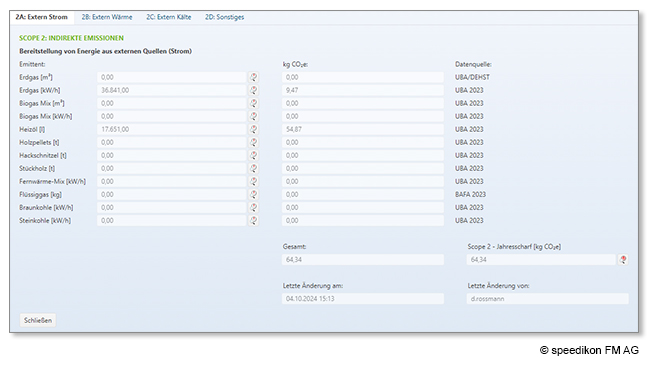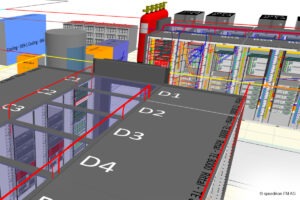It’s a crisp morning in Frankfurt as a local data center opens its doors to visitors. The event, part of Germany’s national Data Center Open Day, offers a rare behind-the-scenes look at these critical infrastructures. As guests tour the endless rows of server racks, one thing becomes clear: today’s data centers are expected to deliver much more than just raw computing power.
New Energy Efficiency Law Took Effect in July 2025
With the new Energy Efficiency Act coming into force in July 2025, data center operators face a new set of challenges: they must document their energy consumption transparently and adopt more sustainable practices. Metrics like Power Usage Effectiveness (PUE) and carbon footprint (CO₂ emissions) are moving to the forefront. But how can these complex data points be efficiently captured and analyzed?
Simplifying ESG Management with Software
This is where specialized software solutions come in, enabling centralized collection and visualization of consumption data and sensor readings. Through automated monitoring and built-in rulesets, anomalies can be detected and addressed in real time.

Such software aggregates data from various sources—including sensors and process control systems—and centralizes it for streamlined analysis. Continuous plausibility checks ensure data quality, which is crucial for meeting ESG and energy efficiency reporting requirements.
By integrating these systems, data center managers can effectively implement their ESG strategies and make well-informed decisions.
A great example of such a solution is the data center management software DAMS C. It allows operators to capture and analyze key data points—not only to comply with regulatory requirements, but also to reduce the environmental footprint of these highly energy-intensive facilities.
Header: flashmovie/Freepik.com
Picture: speedikon FM AG



